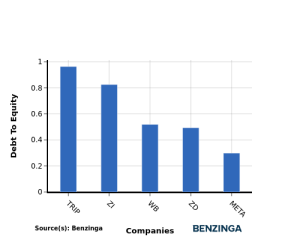In case you haven’t noticed, the bull market is in full swing on Wall Street. The ageless Dow Jones Industrial Average, broad-based S&P 500, and growth-fueled Nasdaq Composite, have all soared to multiple record highs in 2024.
While much of this optimism has been attributed to the hype surrounding artificial intelligence (AI), it would be a mistake to overlook the role investor euphoria has played in lifting the tide for market-leading businesses enacting stock splits.
A stock split is a tool publicly traded companies can lean on to superficially adjust the share price and outstanding share count of their stock. This adjustment is cosmetic in the sense that it doesn’t alter a company’s market cap or in any way affect its operating performance.
Since the start of 2024, more than a dozen prominent businesses have completed a stock split, and all but one has been of the forward variety. A forward split makes shares nominally cheaper for retail investors who lack access to fractional-share purchases through their broker.
At the moment, one of these high-profile stock-split stocks makes for a no-brainer buy, while another is rife with red flags.
The magnificent stock-split stock that’s sending out all the right signals for investors is Japan-based consumer electronics colossus Sony Group (NYSE: SONY). Sony’s American depositary receipts (ADRs) completed a 5-for-1 forward split on Oct. 8, which reduced Sony’s share price from the mid-$90s to around $19.
Some investors might be skittish about putting their money to work in Sony given that it’s in the middle of a console development cycle. The PlayStation 5 (PS5) was released roughly four years ago, and it’ll probably be another two years, at minimum, before the company’s next-gen console is on retail shelves. It’s not uncommon for console sales to lag this late in the cycle.
However, Sony Group has a number of levers it’s been able to pull to bolster its important gaming segment.
In August, the company announced it would raise the price of its PS5 console by 19% in its home market of Japan. Additionally, PlayStation Plus revenue has been increasing. This is a subscription service that allows people to game with their friends, access exclusive titles, and save their data to the cloud. It’s a relatively high-margin way to build on this nicely profitable operating segment.
Something else to consider is that Sony Group’s stock often rallies well in advance of the release of its next-generation gaming console. Game and Network Services accounted for 28% of Sony’s consolidated sales in the latest quarter, and the figure could meaningfully expand when the next-gen console hits retail shelves in two or three years.

